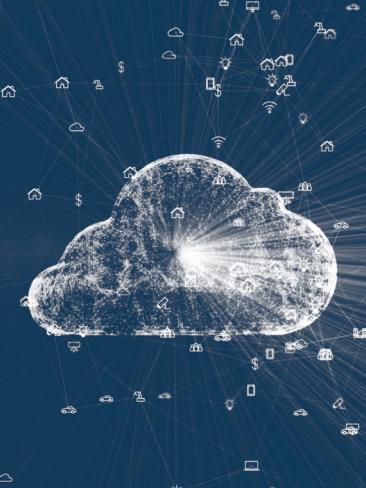Google Laying Second Transatlantic Cable To Boost Cloud Reliability
Named after computer science pioneer Grace Hopper, the fiber optic connection between New York, Spain and the UK will speed data flow across continents and help mitigate Google Cloud service outages

Google said Tuesday it has started laying a new transatlantic cable that will speed the flow of data between the U.S. and Europe and make its cloud network more reliable by allowing traffic to be rerouted better during outages.
The Grace Hopper cable, which implements a cutting-edge fiber switching architecture, will power several Google Cloud services, including Google Cloud Platform, Gmail and Meet, wrote Bikash Koley, vice president of Google Global Network, in a company blog.
The cable leaves New York, and splits in the waters off Northern Europe, with one leg terminating at Bude, U.K., and the other Bilboa, Spain.
[Related: Google Says Its Network Not Stressed By Coronavirus Crisis]
The Mountain View, Calif.-based internet giant’s first private connection to the U.K., and first route to Spain, will provide “better resilience for the network that underpins Google’s consumer and enterprise products,” Koley said.
Google owns and operates three other undersea cables “to connect far-flung continents along the ocean floor”—Curie, connecting the U.S. and Central and South America; Dunant, which crosses the Atlantic on its way to France, and Equiano, between Portugal and two landing sites in Africa. “Private subsea cables allow us to plan effectively for the future capacity needs of our customers and users around the world, and add a layer of security beyond what’s available over the public internet,” Koley said.
Grace Hopper’s landing in Spain will help integrate a Google Cloud region slated to open in Madrid into the provider’s global network, he said.
The cable will contain 16 fiber pairs, which Google says is a significant upgrade to the current infrastructure connecting the internet between the United States and Europe. Its novel optical switching infrastructure will improve reliability, Koley said, by offering an alternative data route during outages.
“Grace Hopper is the world’s first submarine cable to use this technology, and we look forward to deploying the technology on other systems in the future,” he said.
Google signed a contract earlier this year with SubCom to build the cable, which the company hopes to see completed by 2022.
“These strands of fiber that connect all of us on the ocean floor are key in how we define a planetary cloud,” said Scott Jensen, client partner director at Los Angeles-based Google Cloud partner SADA Systems.
Google’s global network is one of its cloud’s most critical differentiators, Jensen said, not just speeding data connections but enabling massive scalability and resilient computation from anywhere.
With the Grace Hopper cable, “SADA’s ability to serve our Google Cloud customers is strengthened not just for customers with a global presence, but even for national companies who receive the inherent advantage with global system reliability,” he said.
The subsea cable will provide several advantages to Google Cloud partners, said Alex Zadorozhnyi, technical director for cloud and transformation lead at Pythian, a Toronto-headquartered Google partner.
Fully owned cables enhance the platform’s reliability by including proprietary protocols for failover, he said.
“Capacity and density of data transferred through solely owned cable will become a routine operation for engineers supporting Google Cloud,” Zadorozhnyi told CRN.
With the new cable, Google will be able to provide low-latency networks to more of its customers, not just traders and financial institutions. And by entirely owning the connective infrastructure between GCP regions, the hyper-scale cloud provider can introduce better hybrid-cloud capabilities, innovate on new data-transfer features, and extend the level of service coverage to end-users around the world.
Google will also be able to launch new regions in areas that struggled to get reliable connectivity to the rest of its infrastructure, he said.
“Google has proven that they have a better reliability number, features delivered and control when building on solely owned infrastructure and, as such, Google shows higher trust levels among customers and more confidence from partners on continuing to rapidly innovate and help generate new and attract established businesses to join Google Cloud,” Zadorozhnyi told CRN.
The cable is the namesake of Grace Brewster Murray Hopper, a computer researcher whose pioneering work on compilers aided the development of the COBOL programming language.